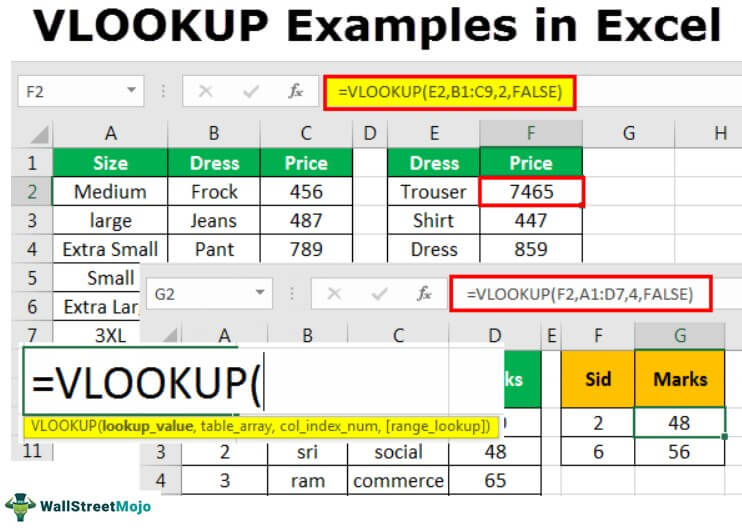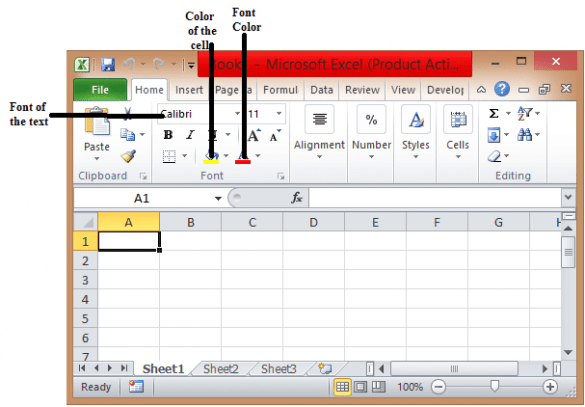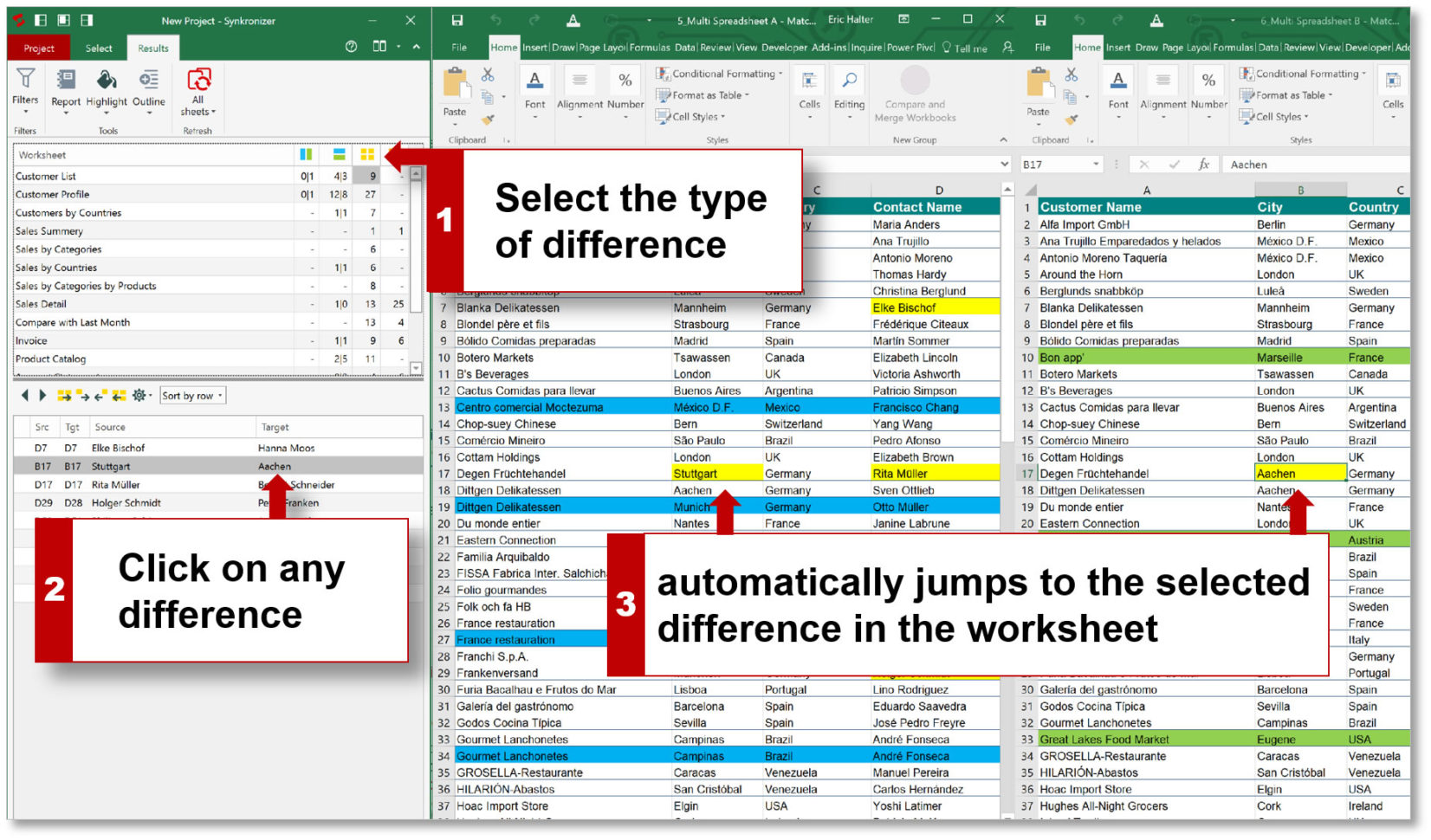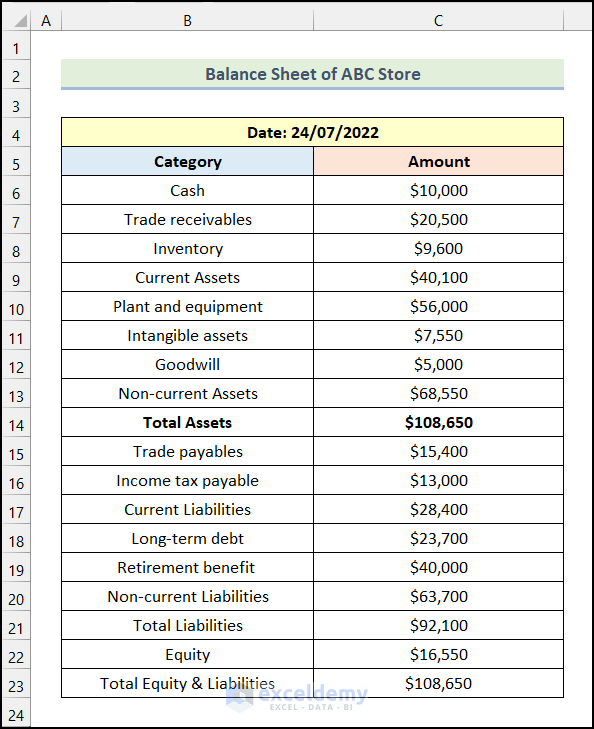Mastering Excel Operations in C: A Step-by-Step Guide

Excel, as part of the Microsoft Office suite, has become an essential tool for data analysis, reporting, and various computational tasks across numerous industries. While many users interact with Excel through its graphical user interface, developers often need to automate or integrate Excel functionalities into their software solutions. This need leads us to explore Excel automation through programming, specifically with C.
Why Use C for Excel Automation?

C, known for its performance and efficiency, might not be the first language one thinks of when considering automation or scripting with Excel. However, its strength lies in:
- Low-Level Control: C provides developers with direct memory manipulation, which can be beneficial for handling large datasets or for operations that require intricate control over the data flow.
- Performance: Operations that are slow in interpreted languages like Python can run significantly faster in C.
- Integration: C can be easily integrated into existing systems or other programming environments due to its compatibility with C++ and other high-level languages.
Setting Up the Environment

Before diving into the code, you’ll need to set up your development environment:
- Excel COM (Component Object Model) API: Download and install the Excel COM API if not already available on your machine.
- IDE: Choose an Integrated Development Environment like Visual Studio for C programming.
- Microsoft Excel: Ensure you have Excel installed with appropriate library support for C automation.
Automating Excel with C

To interact with Excel from C, you’ll mainly use the Excel COM interface:
Creating an Excel Application Object

#include <windows.h>
#include <stdio.h>
#include <objbase.h>
int main()
{
IApplicationPtr excelApplication;
HRESULT hr = excelApplication.CreateInstance(__uuidof(Excel::Application));
if(FAILED(hr)){
printf("Failed to launch Excel!\n");
return 1;
}
// Hide Excel from view
excelApplication->Visible = VARIANT_FALSE;
}
💡 Note: The above code snippet initializes an Excel application object. The VARIANT_FALSE flag hides the Excel application from the user interface, which is often desirable for automation tasks.
Opening an Excel Workbook

Once the Excel application is running, you can open an existing workbook or create a new one:
IWorkbookPtr workbook = excelApplication->Workbooks->Open(
_bstr_t("C:\\path\\to\\your\\file.xlsx"),
VARIANT_FALSE,
VARIANT_TRUE
);
if(!workbook)
printf("Failed to open workbook!\n");
Reading and Writing Data

To interact with the data in an Excel sheet:
- Reading Data: Access cells to read or manipulate their contents.
- Writing Data: Set cell values directly or through loops for more structured data manipulation.
IWorksheetPtr worksheet = workbook->Worksheets->Item[1]; // Access first sheet
VARIANT value;
value.vt = VT_BSTR;
value.bstrVal = SysAllocString(L"Hello, Excel!");
worksheet->Cells->Item[1][1] = value; // Write "Hello, Excel!" to cell A1
SysFreeString(value.bstrVal); // Release the BSTR memory
Advanced Operations

Excel offers more than basic read and write operations:
- Formatting Cells: Adjust font, colors, borders, and other cell attributes.
- Formulas: Insert formulas directly into cells, and retrieve computed values.
- Charts and Graphics: Automate the creation of charts and graphs based on your data.
Formulas Example

range = worksheet->Range["A1:A5"];
range->Formula = "=ROW(A1)";
Handling Exceptions and Closing the Application

Automating with COM can lead to exceptions or errors. Here’s how to handle them:
try{
// Automation code here
}
catch(_com_error &e){
printf("COM Error: %s\n", e.ErrorMessage());
}
// Finally, close Excel
excelApplication->Quit();
🔧 Note: Always ensure to properly close Excel or your automation might leave processes hanging in the background, which could lead to system performance issues or security concerns.
Real-World Applications

Using C for Excel automation can be advantageous in various scenarios:
- High-Volume Data Processing: When dealing with millions of data points, performance becomes critical.
- Embedded Systems: Integration with C/C++ based firmware or microcontrollers for data logging or analysis.
- Legacy System Integration: Automating interactions between old systems and modern data analysis tools.
Having explored the basics of Excel automation with C, let's summarize the key takeaways:
- Efficiency: C provides a high-performance approach to automate tasks, particularly useful for large datasets.
- Control: Direct memory manipulation and COM interaction give developers fine-grained control over Excel operations.
- Flexibility: C can be easily integrated into existing software ecosystems, making it a powerful tool for system-level automation.
When choosing to automate Excel operations in C, consider not only the immediate benefits but also the long-term maintenance of your code. The power and control C offers come with complexities in debugging and maintaining COM interactions. Nonetheless, for specific scenarios, especially where performance or integration with low-level systems is key, C remains a compelling choice.
What are the limitations of using C for Excel automation?

+
While C provides control and performance, it might not be as intuitive or quick to script as Python or VBA, especially for complex spreadsheet operations. Also, direct COM interaction can lead to instability if not handled correctly.
Can I automate other Office applications using C?

+
Yes, the COM API allows for automation of most Office applications like Word, Outlook, PowerPoint, and others.
How do I handle memory management when automating with C?

+
Memory management in C requires explicit handling of memory allocation, usage, and deallocation. Use functions like SysAllocString, SysFreeString, and manage other resources manually to avoid memory leaks.
Is there an easier way to interact with Excel from C?

+
Yes, using C++ or wrapping C code with a higher-level language can provide easier interaction. Additionally, libraries like POCO C++ Libraries offer abstraction layers for Excel automation.



